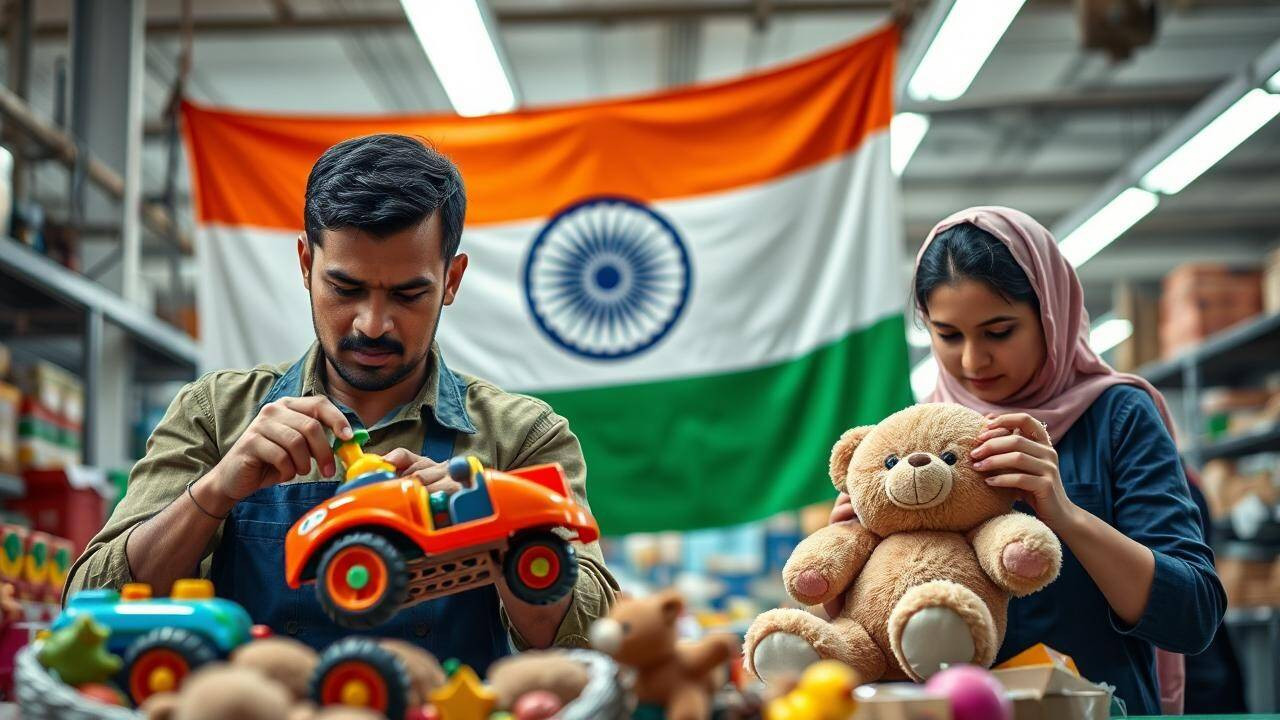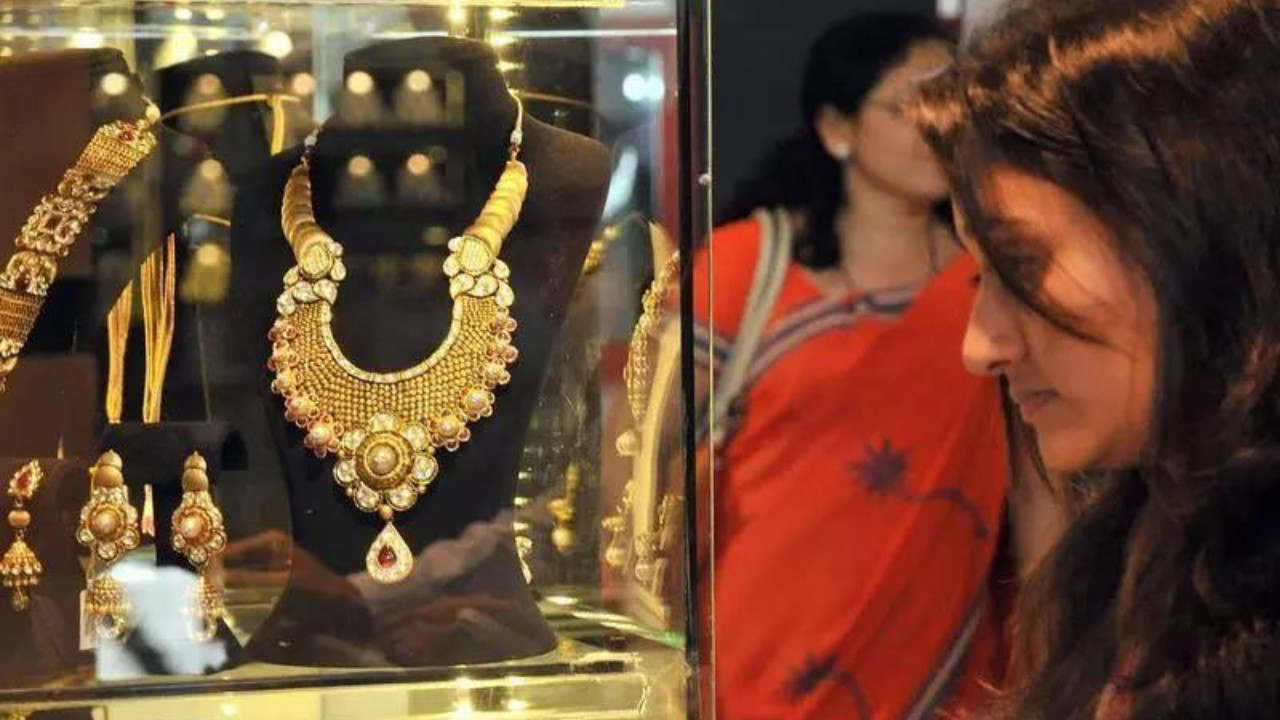Indian toy exporters face a significant slowdown as US buyers divert orders to other nations following a 50% tariff imposition. Despite a strong start to the financial year, new orders for the upcoming festive season have plummeted by half.
Bouncing Back: How Indian Toymakers Are Navigating US Tariff Troubles
Remember the joy of unwrapping a brand-new toy? The vibrant colors, the promise of endless imaginative play? For years, India has been a key player in bringing that joy to children in the US. But recently, things haven’t been so playful. Indian toy exporters are facing a challenge: a significant drop in US orders, thanks to tariffs introduced during the Trump administration. The numbers are stark, with some reporting a 50% decrease in orders. But this isn’t a story of defeat; it’s about resilience, adaptation, and a whole lot of creative problem-solving.
The Tariff Tightrope: Navigating the New Landscape
The introduction of tariffs on goods imported into the US from certain countries threw a wrench into the established supply chains. For Indian toymakers, heavily reliant on the US market, this meant their products suddenly became more expensive, making them less competitive compared to toys from other regions without these added costs. This price disadvantage significantly impacted their order books, forcing many to re-evaluate their strategies and seek new avenues for growth. The sudden shift demanded agility and a willingness to rethink traditional approaches to manufacturing and export.
Beyond the US: Finding New Playgrounds
Faced with the shrinking US market, Indian toy exporters are actively diversifying their customer base. The focus has shifted to exploring opportunities in regions like Latin America, Australia, and even rediscovering the potential within the Indian domestic market. Latin America, with its growing middle class and increasing demand for affordable toys, presents a significant opportunity. Similarly, Australia’s stringent safety standards align well with the quality-conscious approach of many Indian manufacturers.
The domestic market, once overlooked, is now being viewed with renewed interest. Increased awareness of the “Make in India” initiative and a growing preference for locally made products are creating a fertile ground for Indian toy brands to thrive. This shift in focus requires understanding diverse consumer preferences and adapting product offerings accordingly, but it also offers a path towards long-term sustainability.

Innovation and Adaptation: The Keys to Survival
Beyond geographical diversification, innovation is playing a crucial role in weathering the storm. Indian toy manufacturers are investing in new technologies and design processes to create higher-value products that can command better prices, even with the added tariff burden. This includes exploring eco-friendly materials, incorporating technology into toys, and focusing on educational toys that cater to the evolving needs of parents and children.
The focus is shifting from simply being a low-cost producer to being a creator of innovative and desirable toys. This requires a significant investment in research and development, as well as a deeper understanding of global toy trends. By embracing innovation, Indian toymakers are positioning themselves for long-term success, not just as exporters, but as global leaders in the toy industry.
Government Support: A Helping Hand
The Indian government is also playing a vital role in supporting the toy sector during this challenging period. Initiatives aimed at promoting domestic manufacturing, providing financial assistance, and streamlining export processes are helping to create a more favorable environment for Indian toymakers. Further, the government is actively working to negotiate trade agreements with other countries to reduce or eliminate tariffs, opening up new markets for Indian toys. This coordinated effort between the government and the industry is crucial for ensuring the long-term competitiveness of the Indian toy sector. We’ve seen similar support for other industries, like the burgeoning growth in the Indian drone sector, for example; you can read more about that here.
Looking Ahead: A Future Filled with Play
While the US tariffs have undoubtedly presented a significant hurdle for Indian toy exporters, the response has been one of remarkable resilience and adaptability. By diversifying markets, embracing innovation, and leveraging government support, the Indian toy industry is not just surviving, but evolving. The future may look different than it did before, but it is still filled with the promise of play, innovation, and global success. The ability to adapt and evolve in the face of adversity is a testament to the strength and ingenuity of the Indian manufacturing sector. This challenge has forced them to become more resilient, more innovative, and more globally competitive. And that’s a good thing, not just for the Indian toy industry, but for everyone who believes in the power of play.






